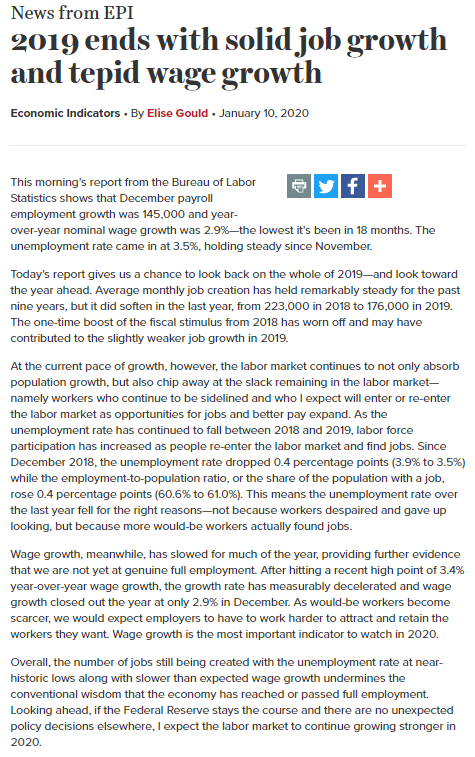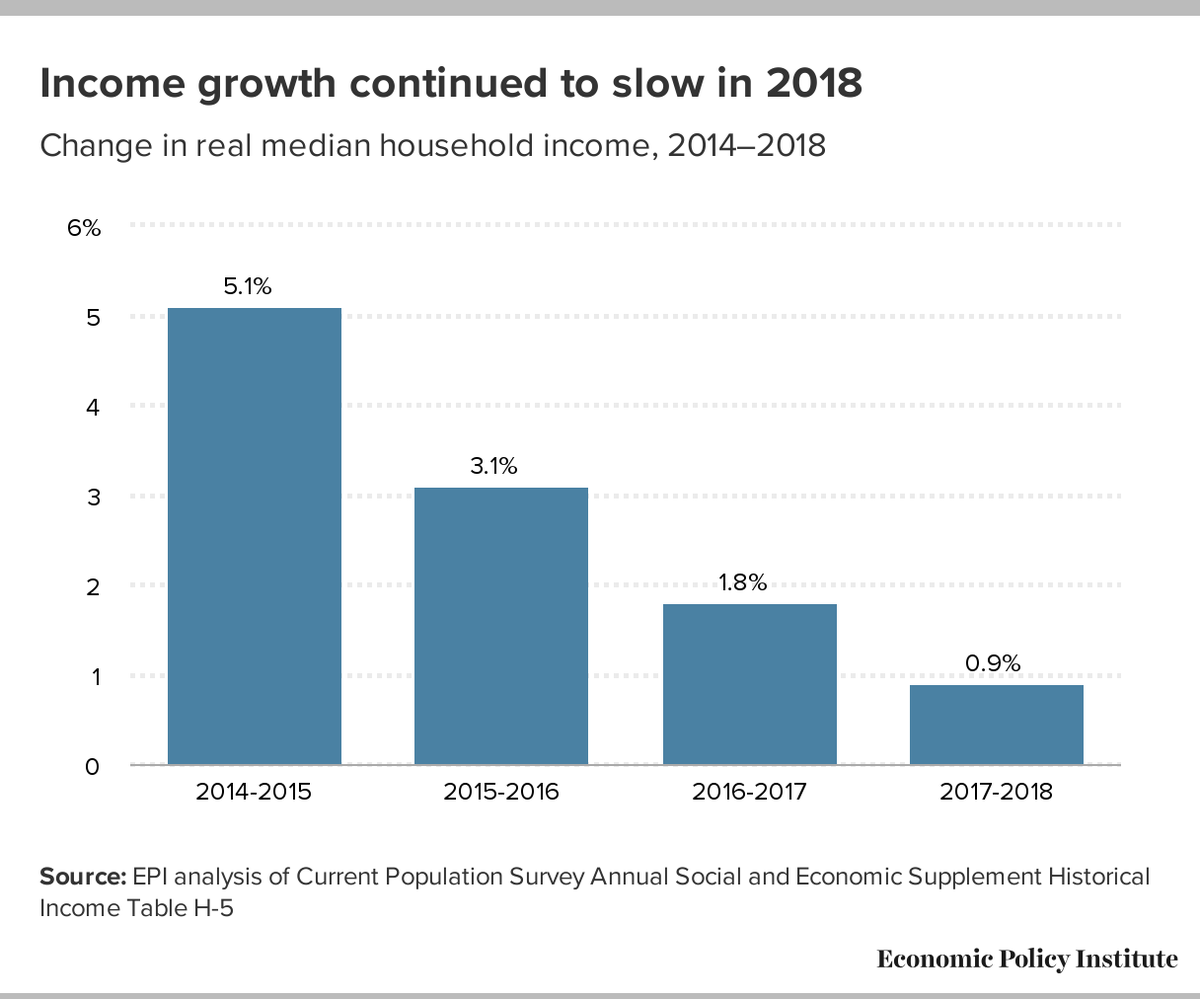
Today's Job Openings and Labor Turnover Survey report says "little changed" 16 times. This is not a labor market speeding towards recovery.
bls.gov/news.release/p…
bls.gov/news.release/p…
The Job Openings and Labor Turnover Survey continues to show weaker levels of hires than before the recession hit.
Any hope for a quick recovery is off the table unless Congress acts now.
epi.org/blog/the-job-o…
Any hope for a quick recovery is off the table unless Congress acts now.
epi.org/blog/the-job-o…
Last week, the Bureau of Labor Statistics (BLS) reported that, as of the middle of November, the economy was still 9.8 million jobs below where it was in February and job growth slowed considerably in November.
epi.org/press/recovery…
epi.org/press/recovery…
JOLTS data show little change, a clear and confirming sign that the recovery is not charging ahead. Hiring and job openings are below where they were before the recession hit, which makes it impossible to recover anytime soon, when we have such a massive hole to fill in.
In October, job openings rose mildly (6.5 to 6.7 million) while hires softening slightly (5.9 to 5.8 million). Separations increased (4.8 to 5.1 million), largely due to an unfortunate increase in layoffs (1.4 to 1.6 million). 

On the whole, the U.S. economy is seeing a significantly slower pace of hiring than we experienced in May or June—hiring is roughly where it was before the recession, which is a big problem given that we have only recovered just over half of the job losses from this spring. 

Job openings are substantially below where they were before the recession began (6.7 mil at the end of October, compared to 7.1 mil on average in the year prior to the recession). And today’s data release only covers through October so it doesn’t even capture the recent slowdown. 

One of the most striking indicators from today’s report is the job seekers ratio, the ratio of unemployed workers to job openings. 10.9 mil unemployed workers and only 6.7 mil job openings translates into a job seeker ratio of about 1.6 unemployed workers to every job opening. 

Another way to think about this: for every 16 workers who were officially counted as unemployed, there were only available jobs for 10 of them. That means, no matter what they did, there were no jobs for 4.2 million unemployed workers. 

And this misses the fact that many more weren’t counted among the unemployed. The economic pain remains widespread with over 26 million workers hurt by the coronavirus downturn. We are facing a slow, painful recovery.
epi.org/blog/the-econo…
epi.org/blog/the-econo…
• • •
Missing some Tweet in this thread? You can try to
force a refresh








